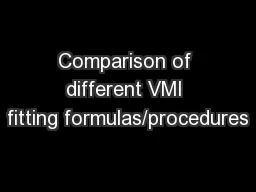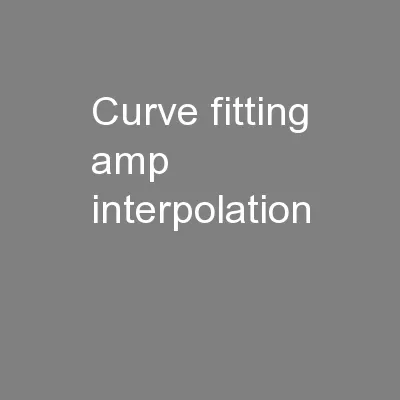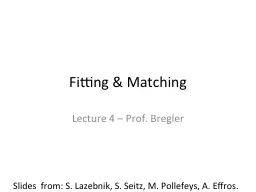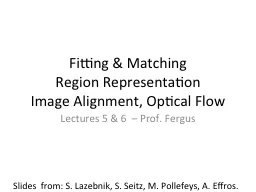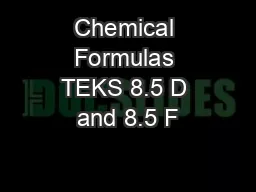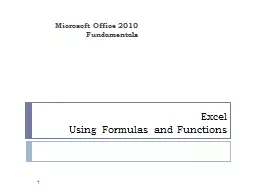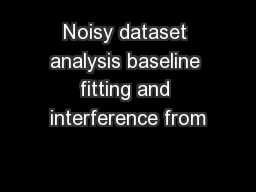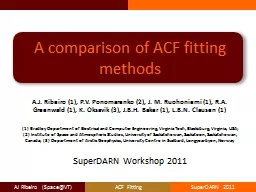PPT-Comparison of different VMI fitting formulas/procedures
Author : faustina-dinatale | Published Date : 2018-10-20
HRH 29714 This is a comparison between different fitting procedures of anisotopy parameters for peaks D amp G in the E0 state of HBr 1 I1 b 2 P 2 cos q 2 I 1
Presentation Embed Code
Download Presentation
Download Presentation The PPT/PDF document "Comparison of different VMI fitting form..." is the property of its rightful owner. Permission is granted to download and print the materials on this website for personal, non-commercial use only, and to display it on your personal computer provided you do not modify the materials and that you retain all copyright notices contained in the materials. By downloading content from our website, you accept the terms of this agreement.
Comparison of different VMI fitting formulas/procedures: Transcript
Download Rules Of Document
"Comparison of different VMI fitting formulas/procedures"The content belongs to its owner. You may download and print it for personal use, without modification, and keep all copyright notices. By downloading, you agree to these terms.
Related Documents

